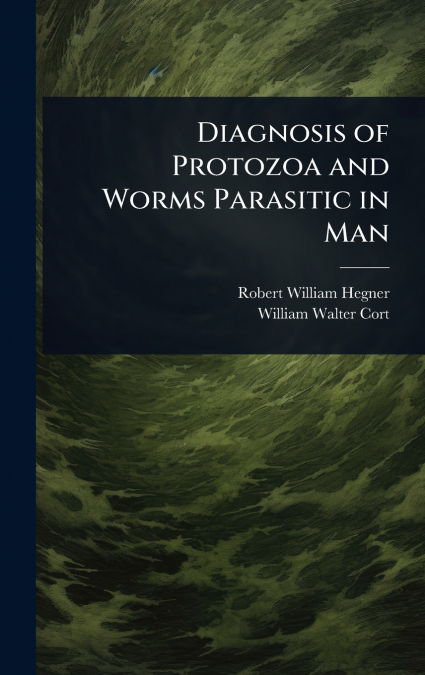
Robert William Hegner / William Walter Cort
'Diagnosis of Protozoa and Worms Parasitic in Man' is a detailed guide to identifying and understanding the various parasitic protozoa and worms that affect human health. Originally published in 1921, this book offers a comprehensive overview of diagnostic techniques used to detect these organisms. Written by Robert William Hegner and William Walter Cort, this work remains a valuable resource for students and professionals in medicine, parasitology, and public health. The book covers a wide range of parasites, providing essential information on their life cycles, morphology, and pathogenic effects. It emphasizes practical approaches to diagnosis, making it an indispensable tool for laboratory work and clinical practice. Though techniques have evolved, the foundational knowledge presented in 'Diagnosis of Protozoa and Worms Parasitic in Man' continues to provide critical insights into the study and control of parasitic infections.This work has been selected by scholars as being culturally important, and is part of the knowledge base of civilization as we know it. This work was reproduced from the original artifact, and remains as true to the original work as possible. Therefore, you will see the original copyright references, library stamps (as most of these works have been housed in our most important libraries around the world), and other notations in the work.This work is in the public domain in the United States of America, and possibly other nations. Within the United States, you may freely copy and distribute this work, as no entity (individual or corporate) has a copyright on the body of the work.As a reproduction of a historical artifact, this work may contain missing or blurred pages, poor pictures, errant marks, etc. Scholars believe, and we concur, that this work is important enough to be preserved, reproduced, and made generally available to the public. We appreciate your support of the preservation process, and thank you for being an important part of keeping this knowledge alive and relevant.